Indoor Plants: 10 Best Low Light Options for Your Singapore Home
Posted on September 19 2025
Indoor plants are a wonderful way to bring nature into your living space, even if your home doesn’t get much sunlight. Many Singaporean homes face the challenge of limited natural light, making it tricky to maintain vibrant houseplants. Fortunately, there are many good indoor plants low light that not only survive but thrive in such conditions. This guide introduces you to the best indoor plants for your home, including large indoor plants, indoor bonsai, and even unique indoor plants that fit perfectly on your indoor planter. Read on to discover top choices, benefits, care tips, and answers to common questions about indoor plants for bedrooms, living rooms, and more.
Understanding Indoor Plants and Their Benefits
What Are Indoor Plants?
Indoor plants, also called houseplants or home plants, are plants specifically suited to grow inside homes and offices. They can vary from small indoor plants like succulents and indoor bonsai trees, to big houseplants and indoor tree plants that add lush greenery to any space. Indoor plants can be grown in pots, indoor planters, or even as part of a living wall indoor, combining both decoration and air purification.
Benefits of Having Indoor Plants for Home
Indoor plants offer more than just a decorative appeal. They help purify the air by removing toxins, increase humidity, and boost mental well-being. Studies show that caring for and being around plants can reduce stress and improve focus. For Singapore’s humid tropical indoor environments, tropical indoor plants often adapt well and add vibrancy. Choosing the right types of indoor plants can make your indoor garden a calming, beautiful oasis.
Top 10 Best Low Light Indoor Plants for Singapore Homes
- ZZ Plant (Zamioculcas zamiifolia): Known for its glossy, dark leaves, the ZZ plant is one of the easiest indoor house plants. It thrives in low light and requires infrequent watering, making it a perfect easy indoor plant.
- Snake Plant (Sansevieria trifasciata): Also called mother-in-law's tongue, this hardy plant tolerates low light and irregular watering. It’s a popular choice for bedrooms and offices alike.
- Peace Lily (Spathiphyllum): With its elegant white flowers and ability to improve indoor air quality, this good indoor plant low light thrives in dim environments and requires moderate maintenance.
- Cast Iron Plant (Aspidistra elatior): Appropriately named for its toughness, this big houseplant withstands neglect and prefers shaded rooms, making it ideal for low light corners.
- Philodendron: A versatile group of house plants, philodendrons grow well in low to medium light and come in many beautiful indoor plants forms.
- Chinese Evergreen (Aglaonema): Known for its striking foliage and resilience, this common indoor plant tolerates low light and humidity variations quite well.
- Dracaena: With large indoor plants varieties like Dracaena marginata, these plants can add height and interest to your indoor garden and adapt easily to low light.
- Parlor Palm (Chamaedorea elegans): An easy houseplant that brings tropical vibes indoors, it prefers low light and adds a graceful leafy touch to your space.
- Spider Plant (Chlorophytum comosum): Famous for its spider-like foliage and air-purifying qualities, it does well in indirect light and is beginner-friendly.
- Indoor Bonsai Tree: These miniature trees are a unique indoor plants option that can adapt well to indoor conditions with adequate care, adding elegance and tranquility.
Choosing the Right Indoor Planter and Placement Tips
Selecting an Indoor Planter
The right indoor planter does more than just hold your plant—it helps control moisture, drainage, and shape your interior design style. Choose planters with drainage holes to prevent root rot, especially for tropical indoor plants sensitive to overwatering. Materials like ceramic or terracotta are great for air circulation, while stylish planters elevate the look of your indoor garden.
Placement and Lighting Considerations for Low Light Plants
Even low light indoor plants require some ambient or indirect light. Ideal spots include north-facing windows, shaded corners, or rooms with filtered light. Avoid direct sunlight which can scorch leaves. For darker spaces, consider supplemental plant lights to maintain the health of your houseplants. Position big indoor plants thoughtfully to act as room dividers or statement features.
Indoor Plant Care Tips for Beginners
Watering and Humidity
One of the most common beginner challenges is watering. Overwatering can harm indoor plants more than underwatering. Check soil moisture with your finger; water only when the top inch feels dry. Tropical indoor plants often appreciate misting or higher humidity levels, which you can achieve with pebble trays or humidifiers.
Maintenance and Feeding
Regular maintenance including wiping leaves to remove dust, trimming dead foliage, and repotting promotes healthy growth. Feed your indoor plants during their growing season with a balanced indoor house plants fertilizer, but reduce feeding in dormant periods. Keep an eye out for common pests and act early to prevent infestations.
Frequently Asked Questions About Indoor Plants
What Are the Easiest Indoor Plants to Care For?
Easy houseplants and easy indoor plants for beginners include ZZ plants, snake plants, spider plants, and philodendrons. These varieties tolerate low light and inconsistent watering better than most.
Can Indoor Plants Purify Air Effectively?
Many indoor plants improve indoor air quality by filtering harmful VOCs, increasing oxygen and humidity. Plants like peace lilies, spider plants, and snake plants are particularly well-known for air purification benefits.
How Do I Create an Indoor Garden With Low Light?
Start with a mix of easy-to-care-for indoor plants low light that suit your space. Use a combination of planters at varied heights, including large indoor plants and smaller pots. Incorporate elements like an indoor bonsai or living wall indoor to create depth and interest while maximizing low light conditions.
Conclusion
Indoor plants are an excellent addition to any Singapore home, especially those with limited sunlight. By choosing good indoor plants low light like ZZ plants, peace lilies, and snake plants, you can build a thriving indoor garden that enhances air quality and adds beauty. With proper care, the right indoor planter, and thoughtful placement, even beginners can enjoy the lasting benefits of real indoor plants. Explore these options and transform your home into a calming green haven today.

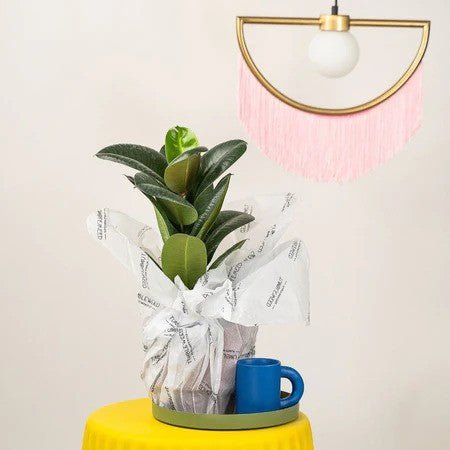
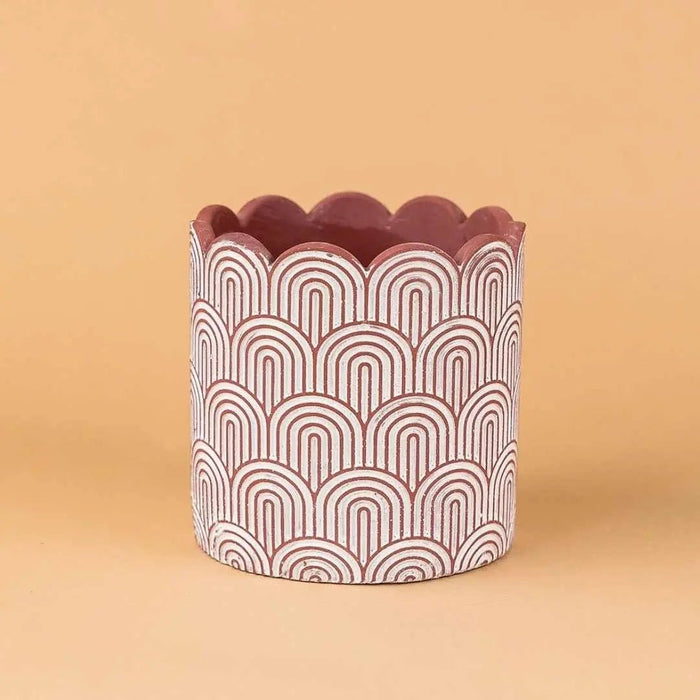
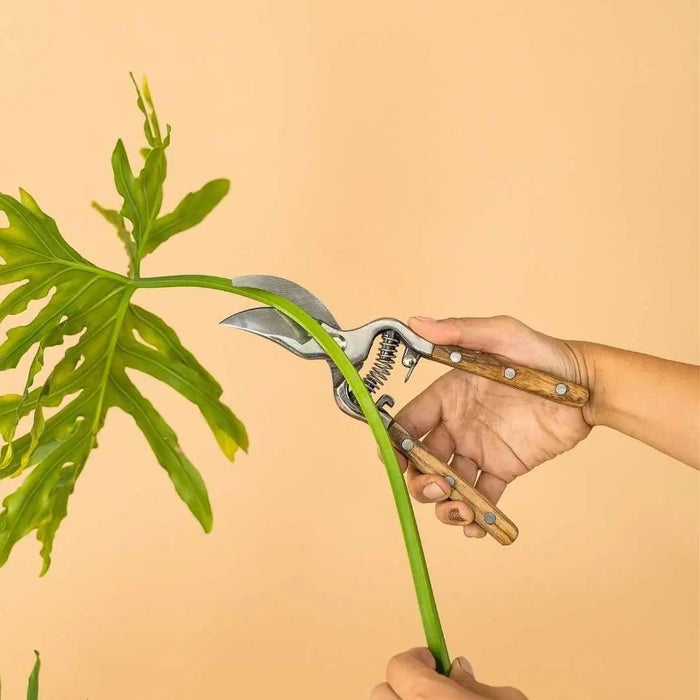



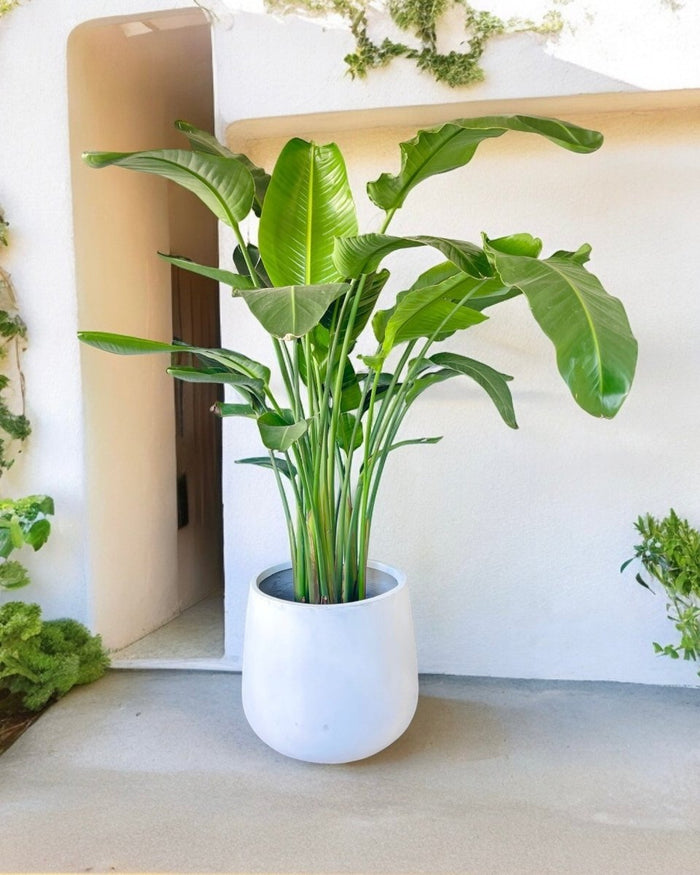
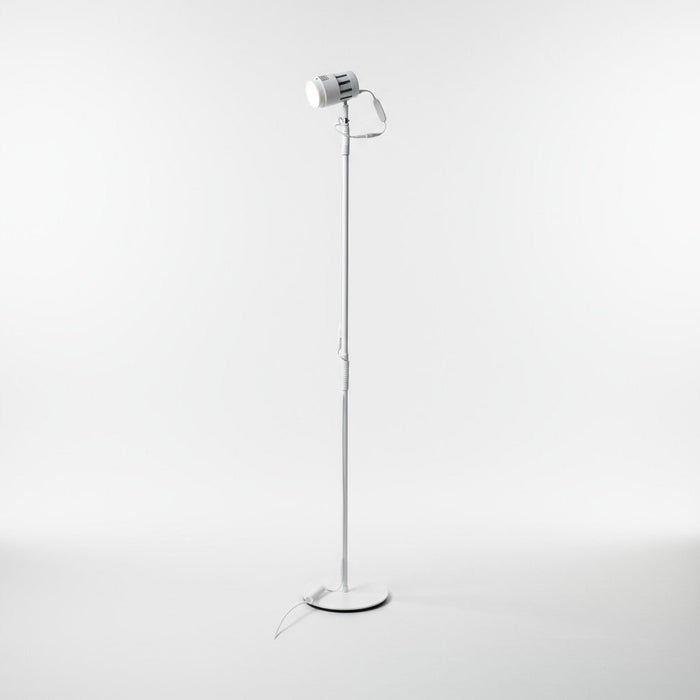
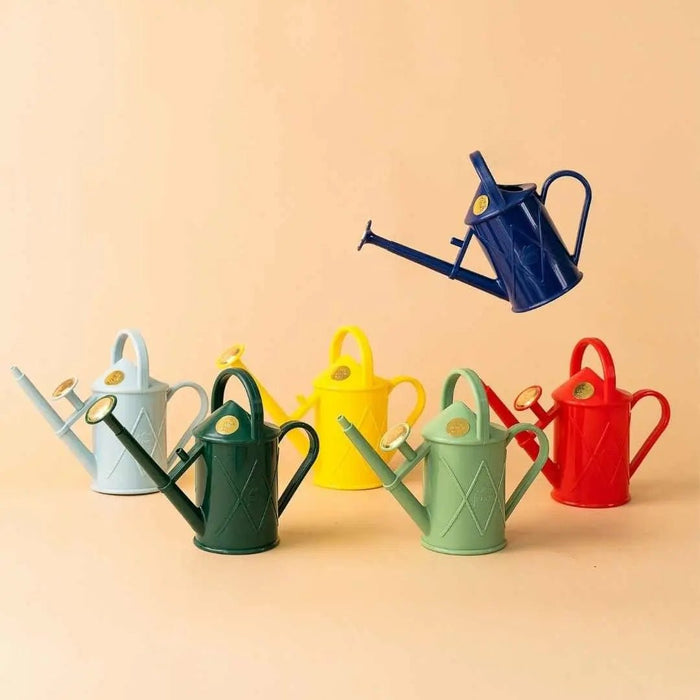

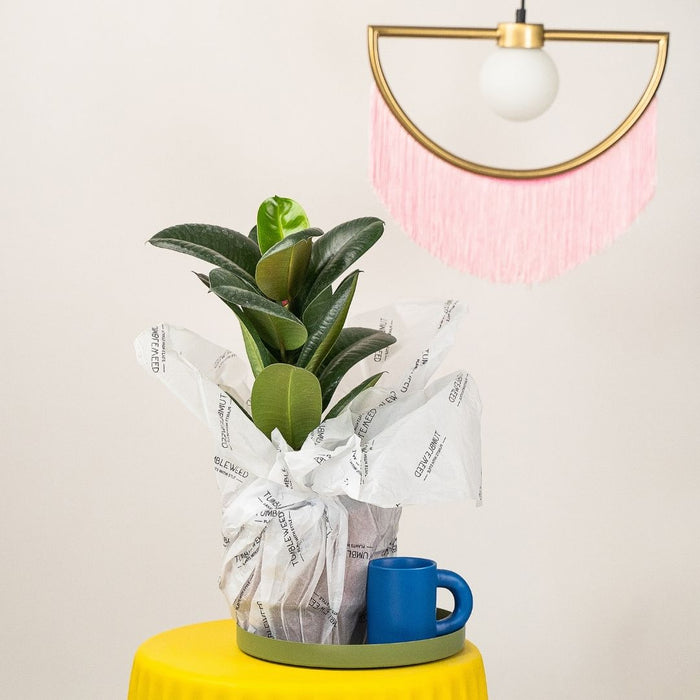


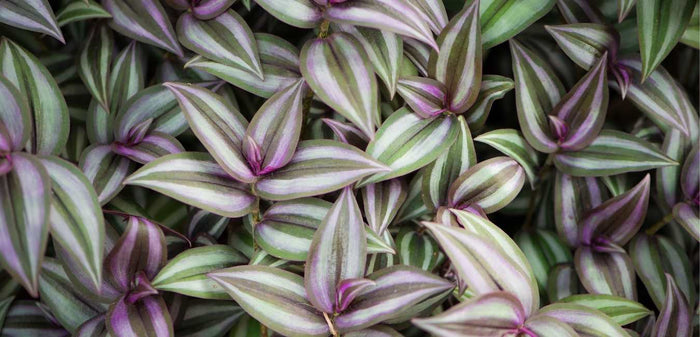

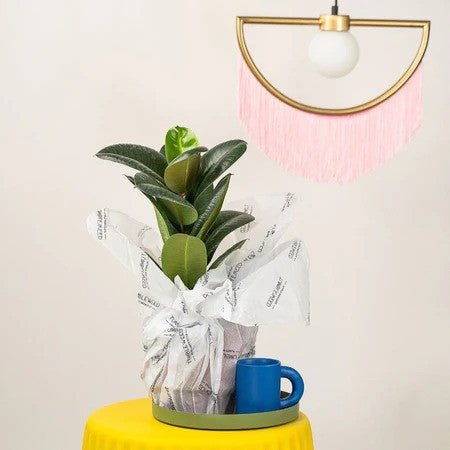

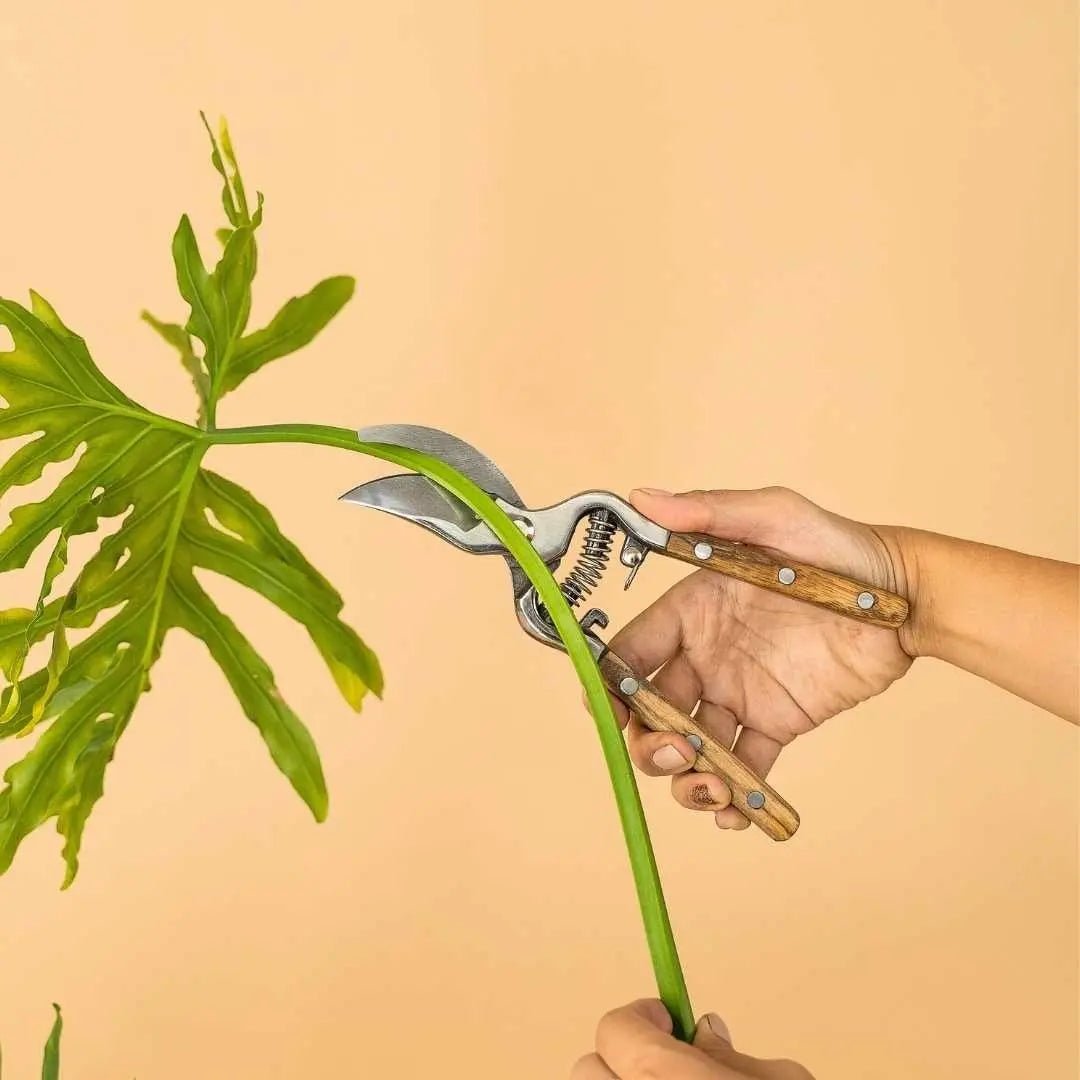

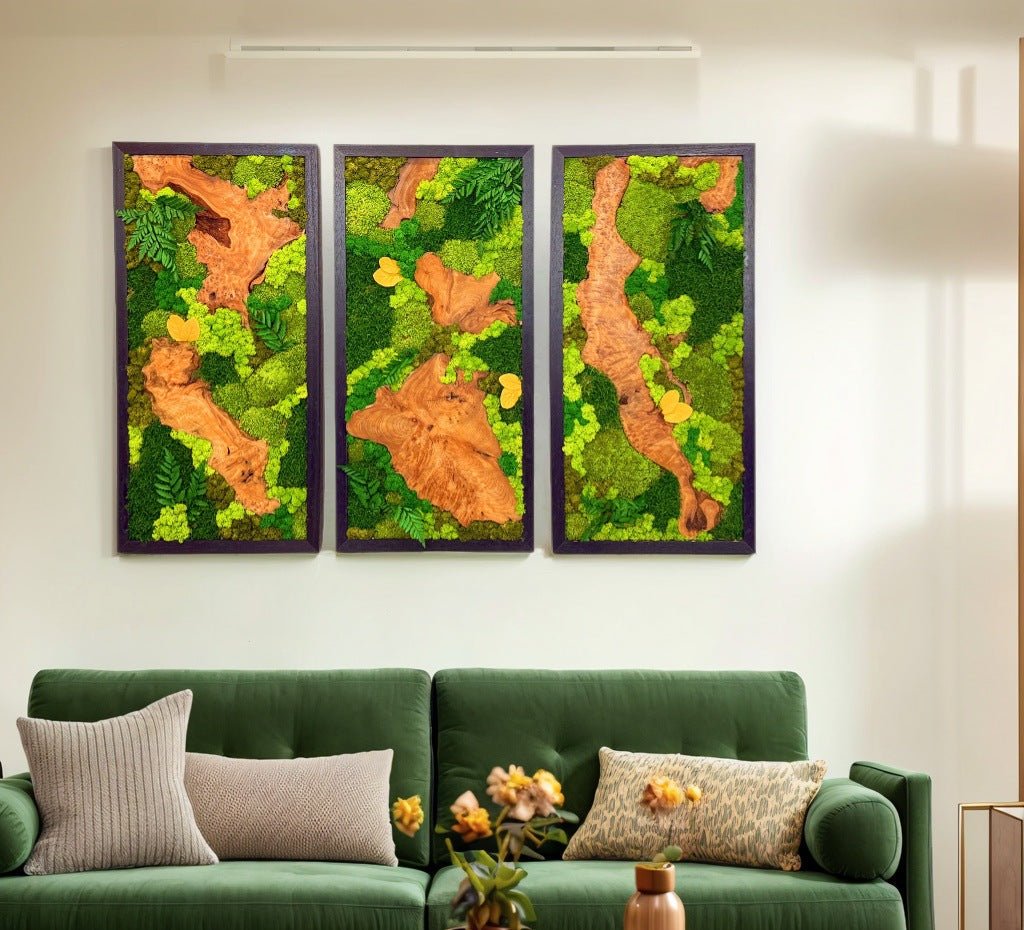
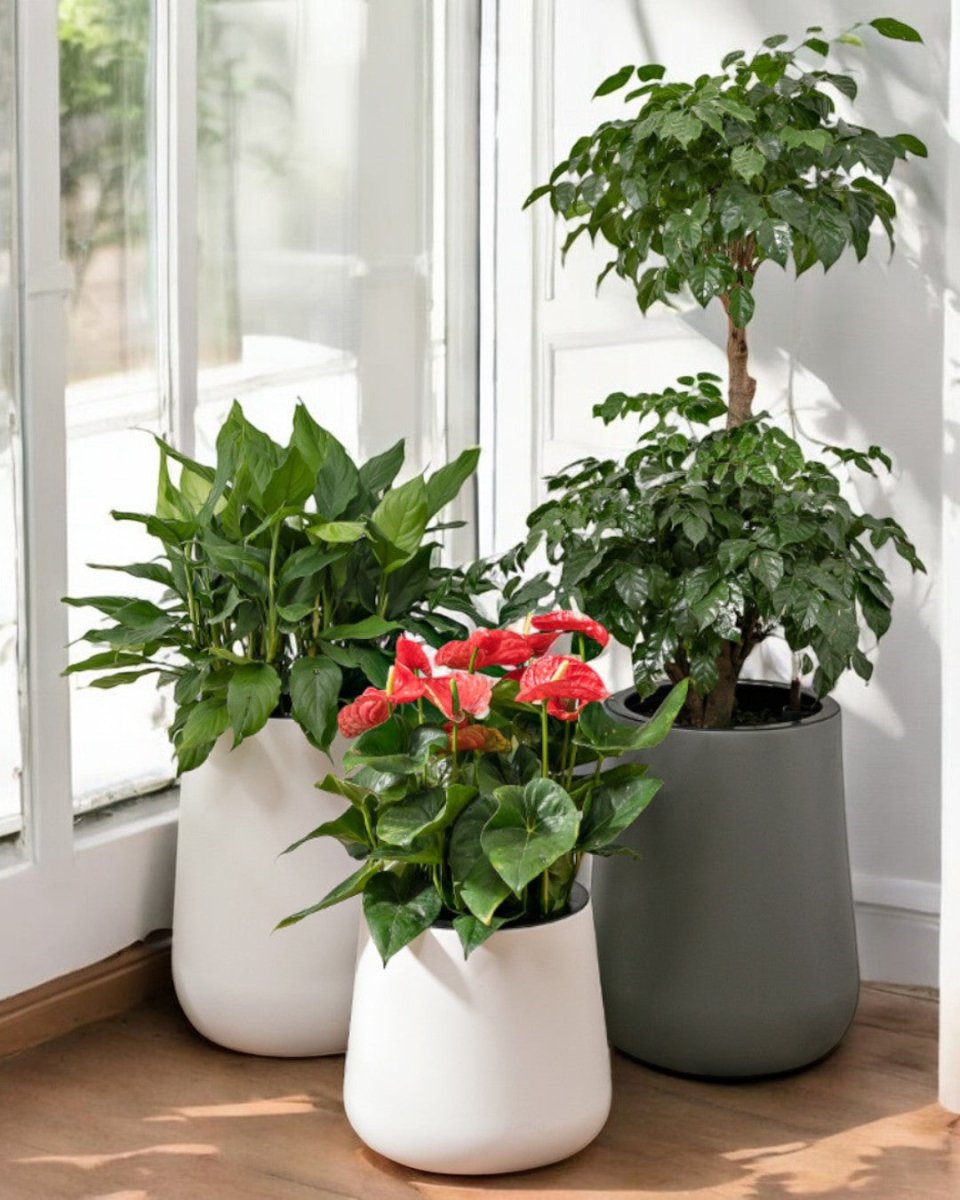

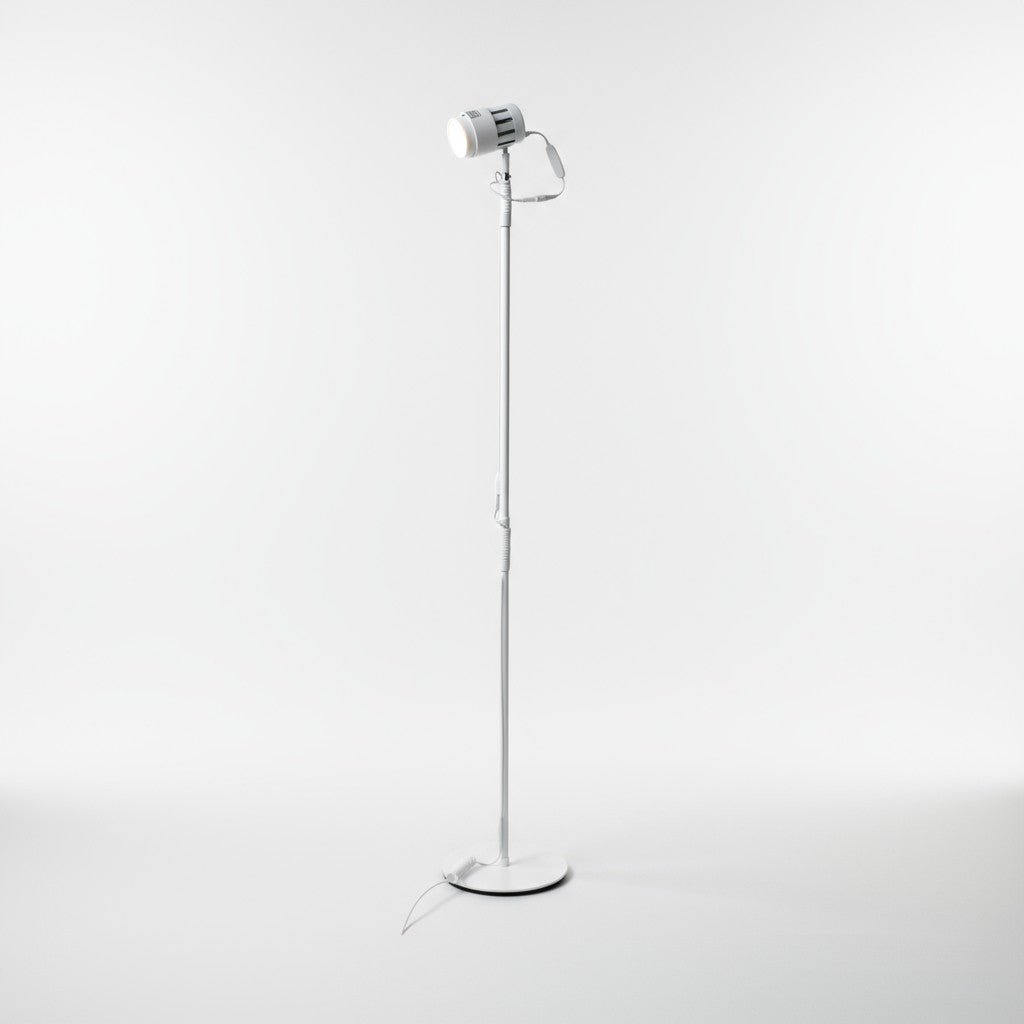


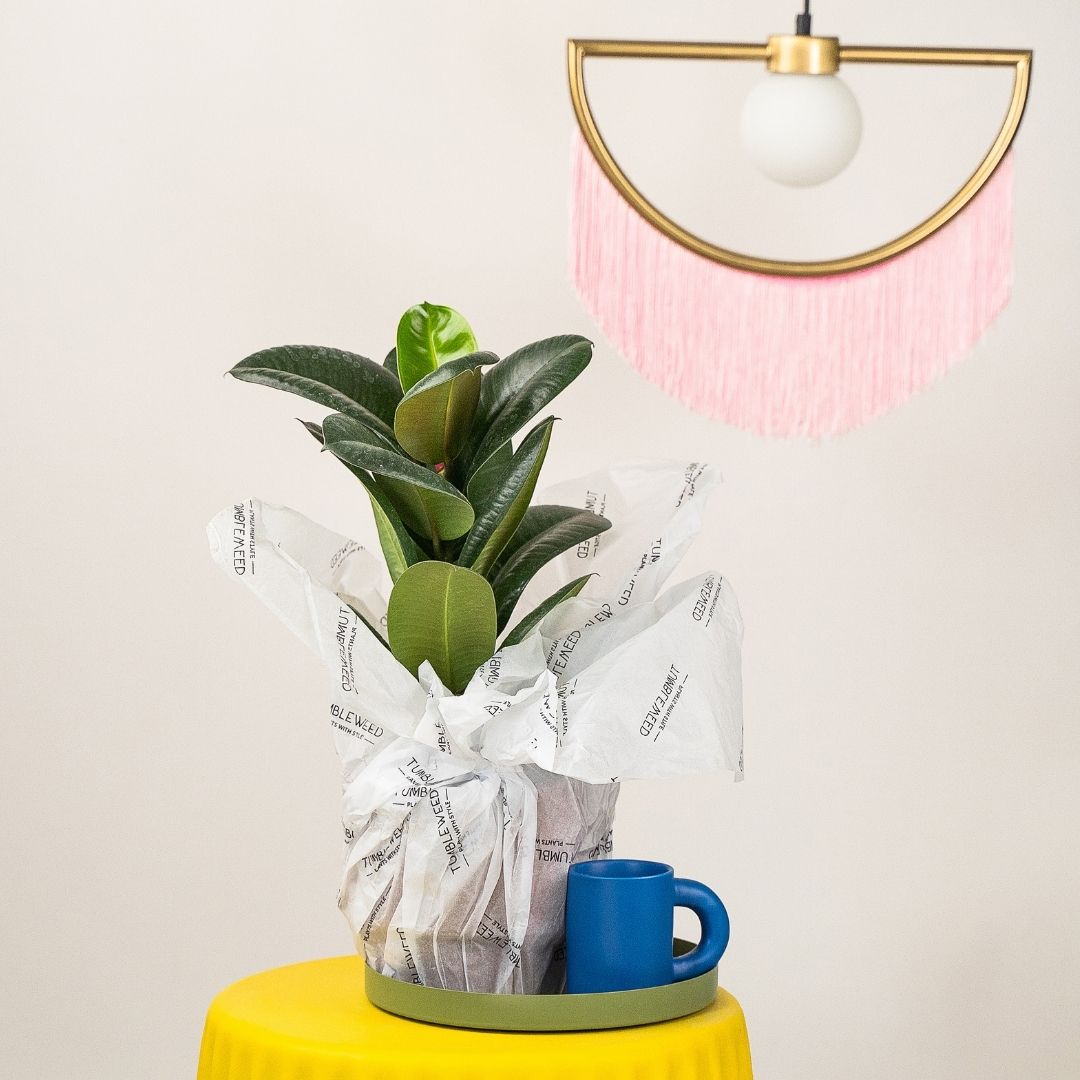










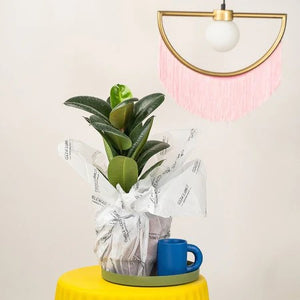
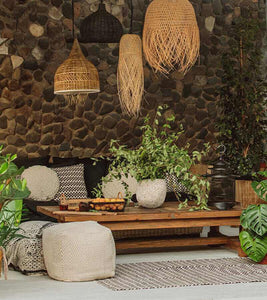
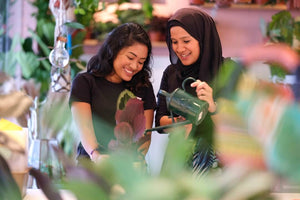
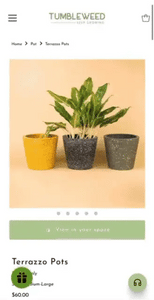












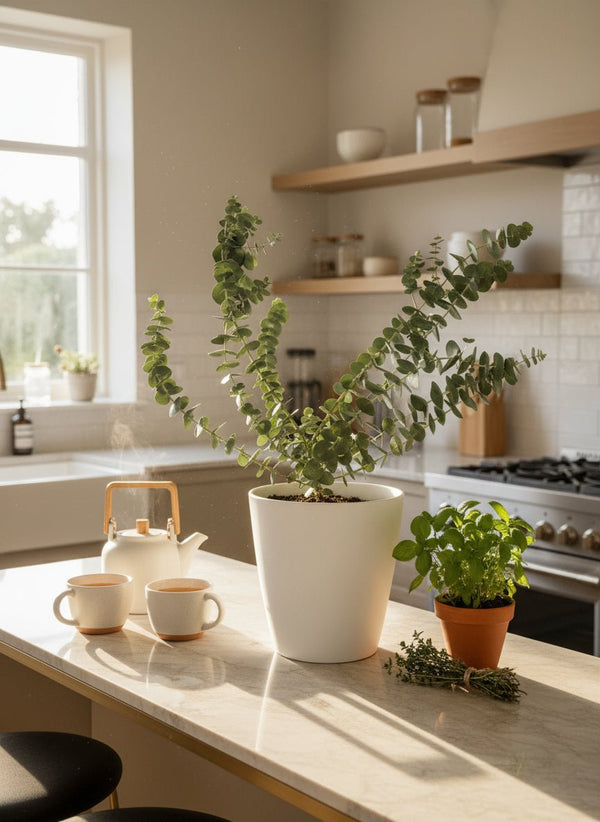
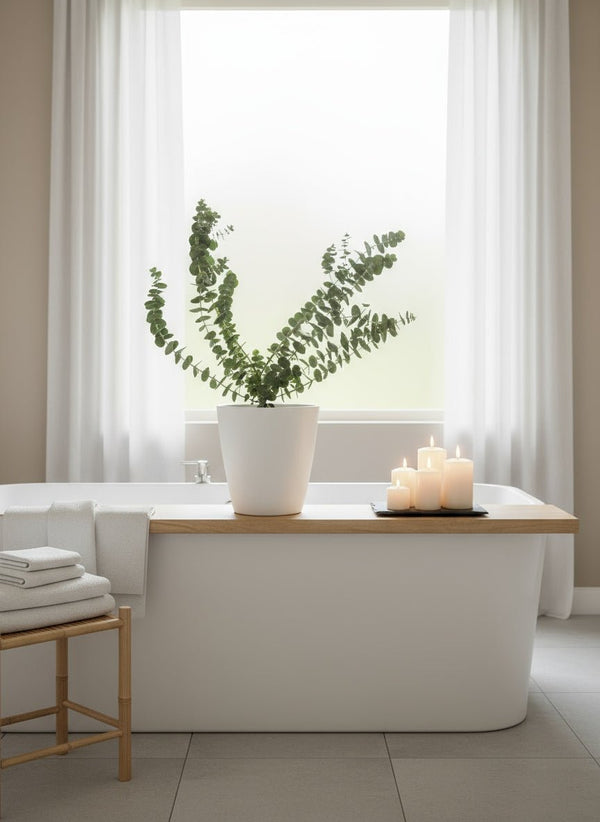

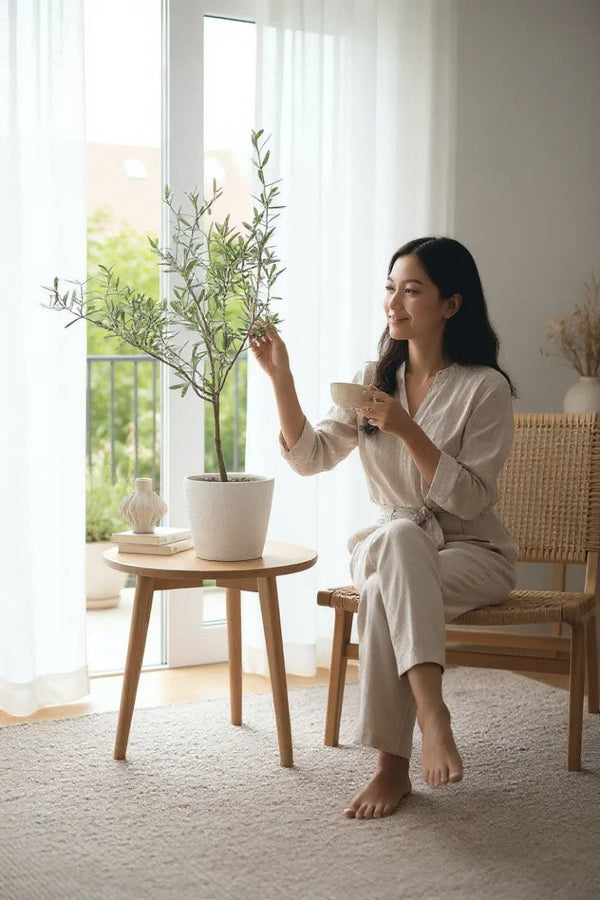

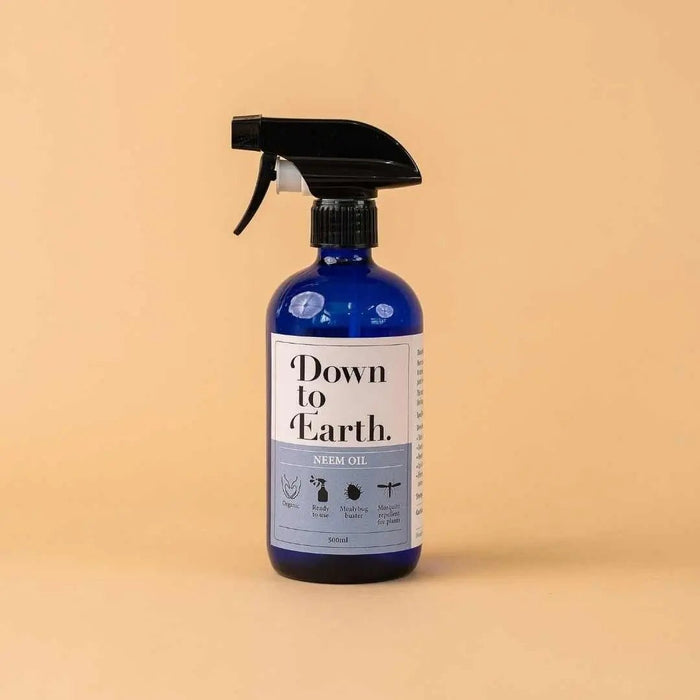
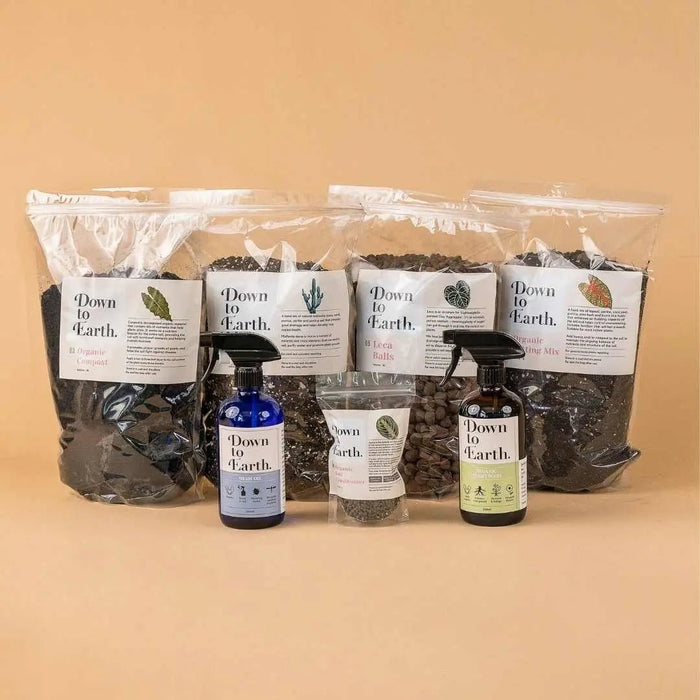



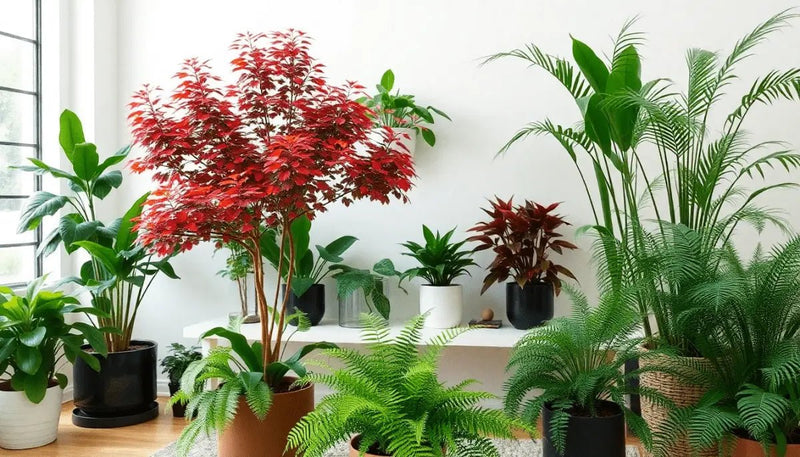
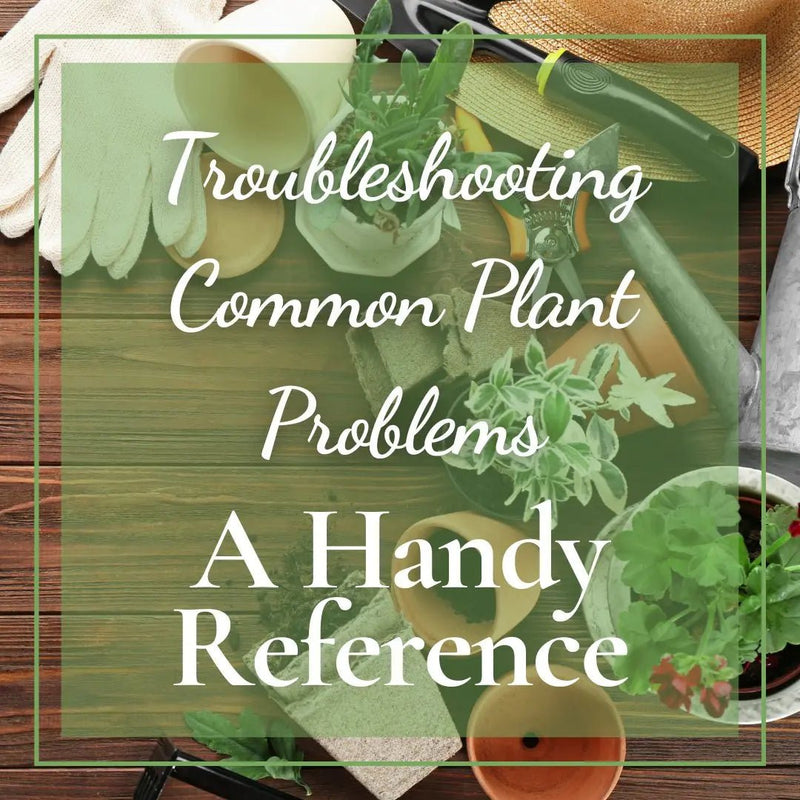
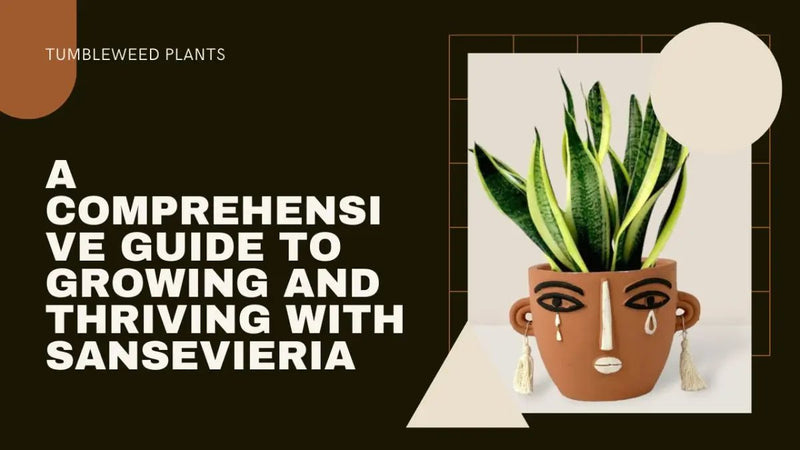
Comments
0 Comments
Leave a Comment